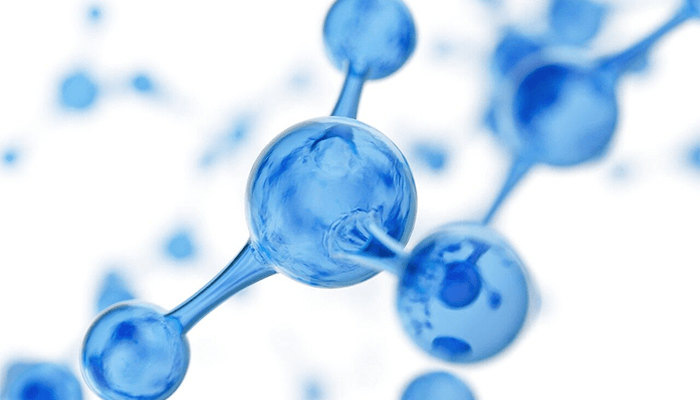Robert E. Birdsall, Jacob Kellet, Samantha Ippoliti, Nilini Ranbaduge, Henry Shion,
Ying Qing Yu

Abstract
Metal-ion mediated adsorption of analytes as a contributing factor in poor peak shape, tailing, and diminished recovery of compounds in LC-based techniques can negatively impact data quality and assay robustness. Analytes exhibiting phosphate groups, uncharged amines, and deprotonated carboxylic acids are particularly susceptible to these phenomena and are commonly encountered in the development and manufacturing of protein-based therapeutics. Current methods for addressing analyte/surface adsorption include ion-pairing additives, hardware passivation, and high-ionic strength mobile phase. These strategies, while proven effective, can be challenging to deploy in terms of instrument/technique compatibility in the case of MS-based methods as well ensuring they can be implemented in a safe and efficient manner with respect to lengthy passivation procedures that can involve corrosive reagents. The newly introduced ACQUITY PREMIER brand columns with MaxPeak HPS Technology is Waters solution to these challenges. Waters ACQUITY PREMIER Columns are designed to deliver exceptional chromatographic performance while minimizing analyte/surface interactions of sensitive compounds. In this study, the performance gain of ACQUITY PREMIER Columns with MaxPeak HPS Technology is demonstrated with increased recovery, reproducibility, and robustness of RPLC-MS-based peptide mapping assays using the Waters NIST mAb tryptic digest standard. Collectively, this study establishes MaxPeak HPS Technology can be broadly applied in the development and manufacturing of therapeutic drug products to deliver the chromatographic performance expected from Waters technologies while increasing reproducibility, peak shape, and recovery of analytes prone to surface interactions.
Benefits
- Increased sensitivity through improved recovery and lower peak tailing
- Compatibility with legacy methods without the use of additional additives
- Improved method robustness through increased assay reproducibility
- Increased productivity through reduced method development time





